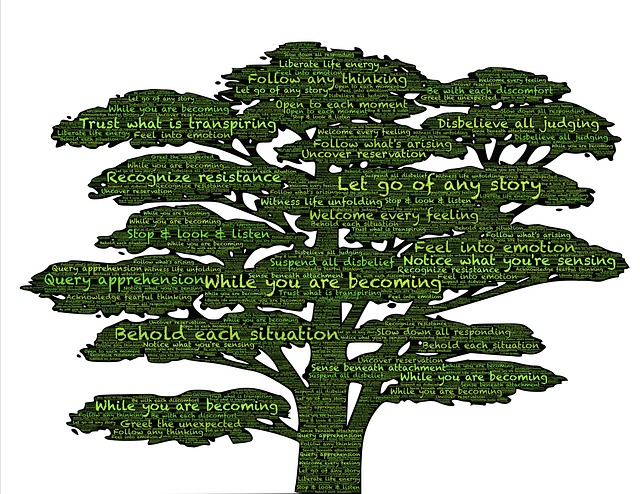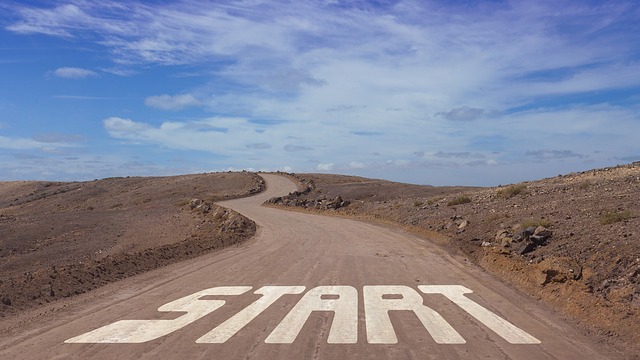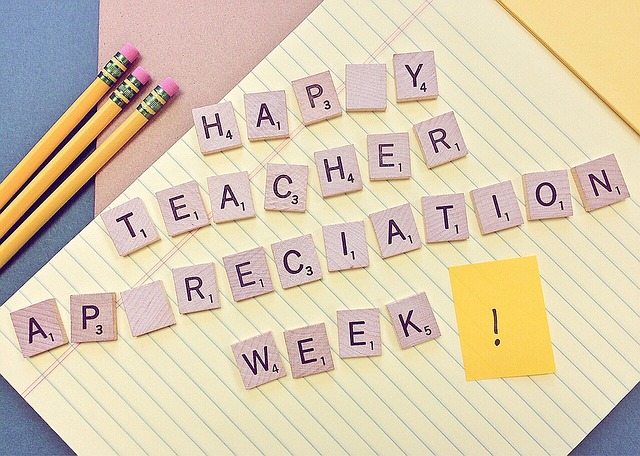There are at least five pieces of legislation in Australia that require directors, executives and managers to be mindful of mental health in the workplace. These pieces of legislation highlight the duty of care responsibility of organisation office holders and managers to be mindful and proactive in developing a mentally healthy workplace.
The Portner Press publication, Mental Health at Work Guide 2018, identifies the following pieces of legislation that are relevant and reinforcing of this responsibility:
- Fair Work Act
- Common Law
- Workplace Health & Safety legislation
- Anti-discrimination legislation
- Worker’s Compensation legislation
Despite this legislative responsibility very few managers are adequately trained to be aware of mental health in the workplace or to know how to take appropriate, compassionate action. The Heads Up organisation, a mentally healthy workplace alliance, identifies awareness and responsiveness of managers and staff as one of the nine attributes of a mentally healthy workplace:
Ensure that managers and staff are responsive to employees’ mental health conditions, regardless of cause and that adjustments to work and counselling support are available.
There are numerous video resources available to help managers and staff become more aware of, and responsive to, mental health issues in the workplace. One such resource is the video of the webinar conducted by Belinda Winter, partner of law firm Cooper Grace Ward, where she explores managing mental illness in the workplace.
A toolkit for a mentally healthy workplace
WorkSafe Queensland provides a superb and comprehensive Mentally Healthy Workplaces Toolkit which is accessible online to help managers exercise their responsibility to be mindful of mental health in the workplace. The toolkit is built around the four pillars of awareness and responsiveness, namely:
- Promote positive mental health at work
- Prevent psychological harm
- Intervene early
- Support recovery
Each of these steps requires managers and staff to be mindful about the state of mental health in the workplace and to be proactive in pursuing processes, policies, systems, leadership style and an organisational culture that are conducive to positive mental health.
Mindfulness training supports managers in their duty of care
Mindfulness training, along with appropriate action learning interventions, can help build the requisite culture and assist managers and staff in exercising their duty of care and maintaining their own self-care.
As managers and staff grow in mindfulness through meditation practice and training they can become more mindful of mental health issues in the workplace and more responsive to the needs of individuals. The managers will be better equipped to exercise their duty of care and related responsibility for creating a mentally healthy workplace.
By Ron Passfield – Copyright (Creative Commons license, Attribution–Non Commercial–No Derivatives)
Image source: courtesy of Wokandapix on Pixabay
Disclosure: If you purchase a product through this site, I may earn a commission which will help to pay for the site, the associated Meetup group and the resources to support the blog.









